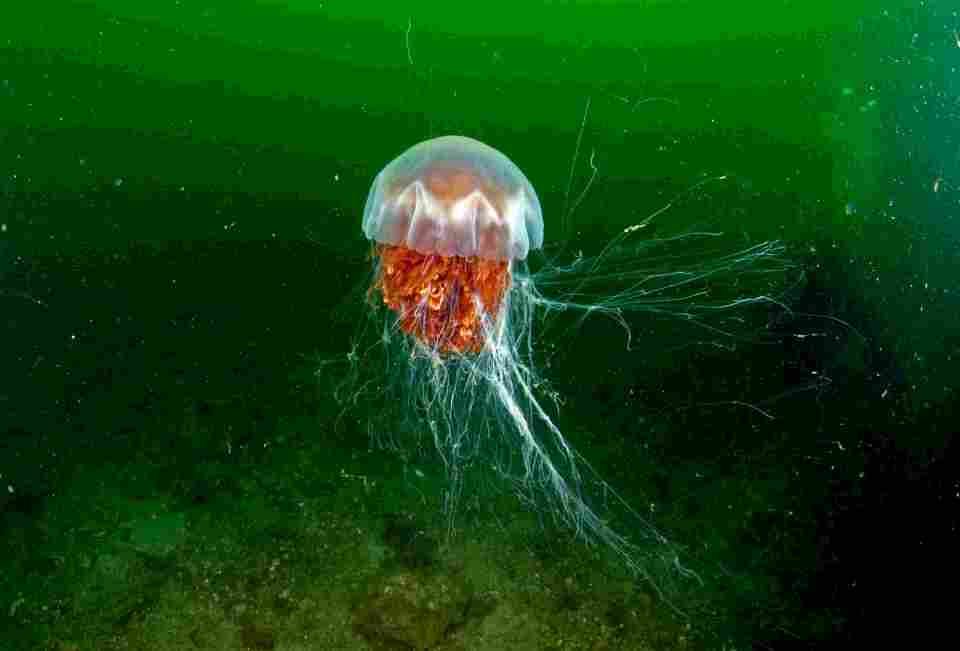Politics
Killer alien jellyfish may be lurking in the water — near Jupiter

KILLER alien jellyfish may be lurking in the water — near Jupiter.
Experts say conditions are perfect for the fearsome floating stingers, which may be weirder and deadlier than our ones.
AlamyNew research reveals that killer alien jellyfish could be lurking in the water near Jupiter[/caption]
Getty1,000ft high ‘double ridges’ were first photographed across icy oceans in Europa in the 1990s[/caption]
Scientists studying newly formed “gashes” on icy Greenland found them eerily similar to terrain on Jupiter’s moon Europa, a world which has long interested alien hunters like Toy Story’s Buzz Lightyear.
Dramatic “double ridges” around 1,000ft high and half a mile apart were first photographed across icy oceans in Europa by the Galileo spacecraft in the 1990s.
It had been a mystery how they were formed, until scientists saw it happen in north-west Greenland, when ice fractured around a pocket of pressurised water.
As well as freaky jellyfish, Greenland is a fertile breeding land home to slugs, shrimps and snails.
READ MORE SCIENCE
And researchers say Europa — with its deep salty ocean under the ice and surrounded by chemical activity from its outer space neighbours — may be just as bountiful.
Professor Dustin Schroeder, of California’s University of Stanford, said: “Because it is closer to the surface — where you get interesting chemicals from space, other moons and the volcanoes of Io — there is a possibility life has a shot if there are pockets of water in the shell.”
He added: “If the mechanism we see in Greenland is how these things happen on Europa, it suggests there is water everywhere.”
The breakthrough came by accident — with researchers studying climate change.
Most read in News
Riley Culberg, a PhD student at Stanford, said it “opens up all these new possibilities for a very exciting discovery”.

